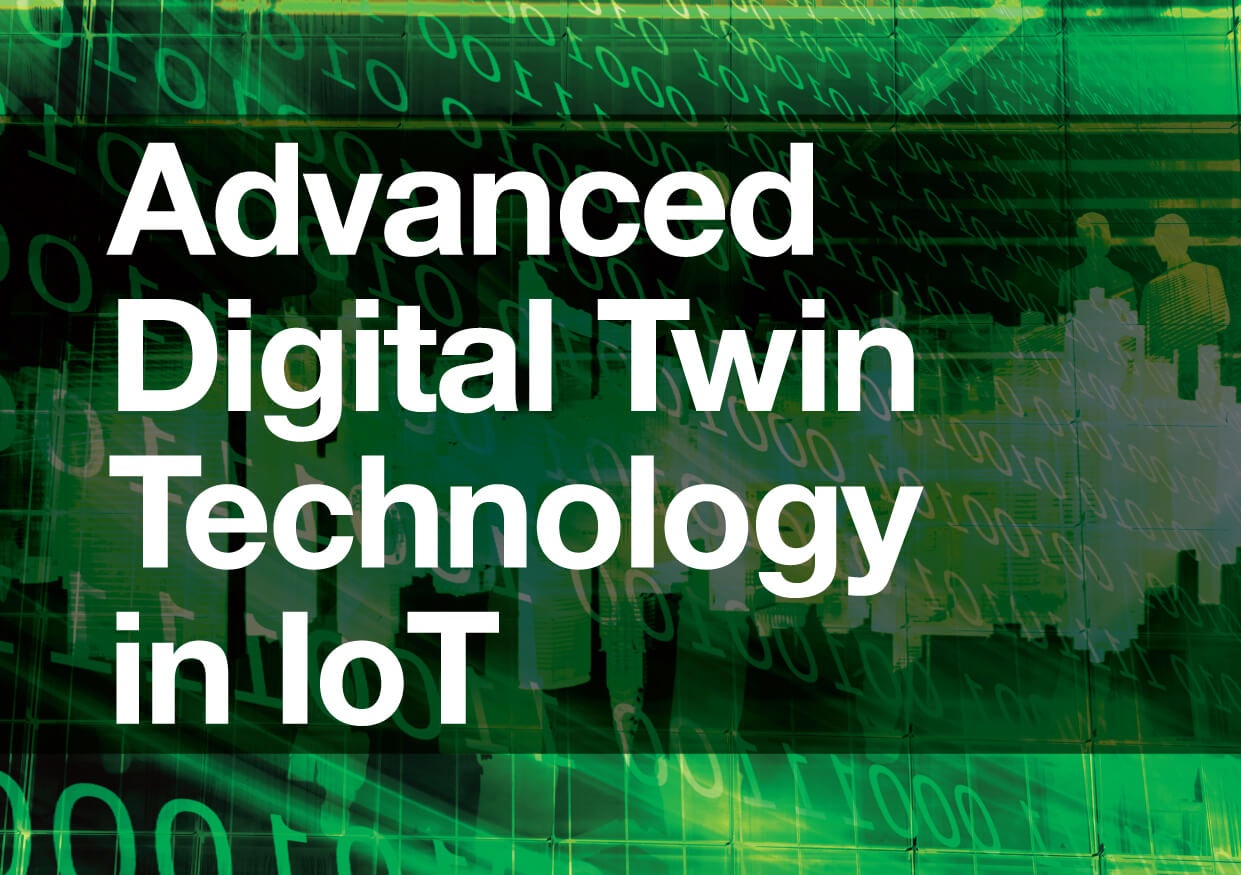Advanced Digital Twin Technology in IoT
The definition of a digital twin within Wikipedia states; “Digital twins refer to computerized companions of physical assets that can be used for various purposes.
Digital twins use data from sensors installed on physical objects to represent their near real-time status, working condition or position. … The term “device shadow” is also used for the concept of a digital twin.”
This paired entity concept was first conceived/developed by NASA for the Apollo Programme due to the need to understand (in real-time) the operational status of equipment that was either impossible or extremely complex/dangerous to inspect. After the success of this approach, other industries have been quick to follow in the wake of aerospace engineering.
An approach now being increasingly trialled and tested by companies such as General Electric, Siemens and IBM, the digital twin technology is currently emerging as the leading edge of industrial monitoring visualisation, pushing boundaries of technology with the benefit of huge leaps in sensor capabilities, advanced data science and sophisticated modelling.
As suggested in its name, the digital twin is an identical virtual double of any given physical unit or a system model for the physical plant, machinery, or infrastructure. Mirroring the reality of the asset and highlighting anomalies and potential points of failure, this approach is increasingly being considered for predictive maintenance (itself a primary focus for Dashboard) real-time monitoring, simulation and ensuring effective interoperability, a critical IoT requirement.
The specific benefits of using a digital twin are remarkable: they make the eventual launch and the ongoing maintenance much easier, as predictions can be almost 100% precise. For example, it can minimise the downtime of industrial pumping systems (which represent a single-point-of-failure in a given industrial process) scheduling maintenance when most cost-effective and efficient for the plant operator, reducing the costs of unscheduled remedial repairs, spares and equipment, supporting safety and compliance agendas and perhaps most importantly mitigating any process interruption which would otherwise significantly impact productivity. This is also true for completing all necessary changes at once, as the digital twin approach is capable of highlighting components due for renewal in the near future.
There is also the facilitating factor of the digital twin. If the unit is predicted to be subjected to certain conditions, e.g. high temperatures or production overload, the virtual counterpart can predict the needs and outcomes, preparing the managers to intervene to support the system. This process is done automatically and it daily produces data that makes working with the physical copy easier. In the words of Thomas Kaiser, SAP’s Senior Vice President of IoT, this amounts to an essential solution. “Digital twins are becoming a business imperative, covering the entire lifecycle of an asset or process and forming the foundation for connected products and services,” he says http://bit.ly/2gsTVbA
Finally, the cost of creating the digital copy is one-fold and it can be used for years until the next version is adapted. Even then, the digital twin can be updated to reflect the newest acquisition without excessive spending. The costs that accumulate over the process of creating the copy are rapidly offset due to the savings they provide, as long as the technology is continuously utilised.
Dashboard’s interest in digital twin technology is not only observational, Dashboard is a key partner in the WindTwin project, focused on creating a digital twin optimised for offshore wind turbines.
To discuss Dashboard digital twin solutions please contact engineering@dashboard.net
